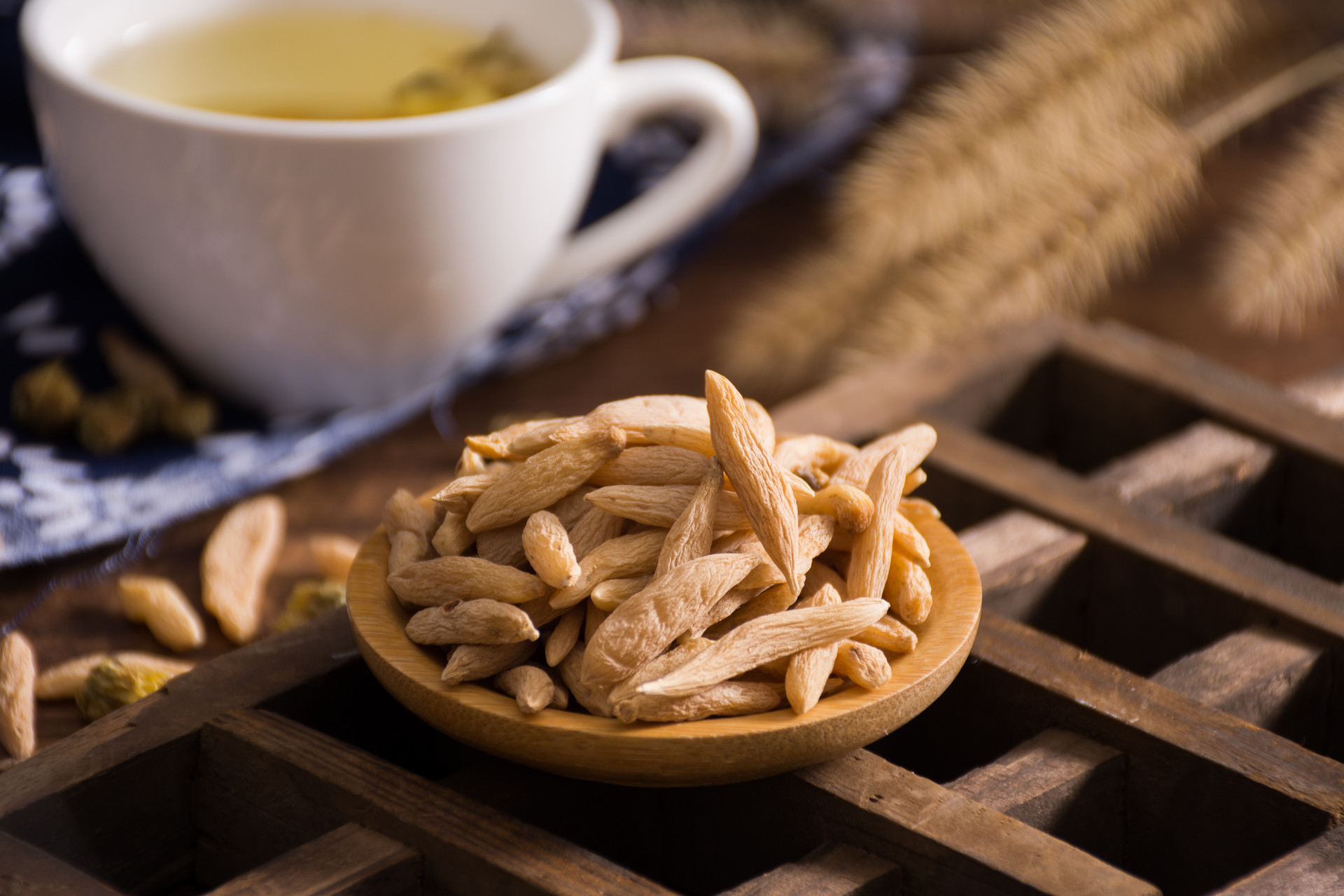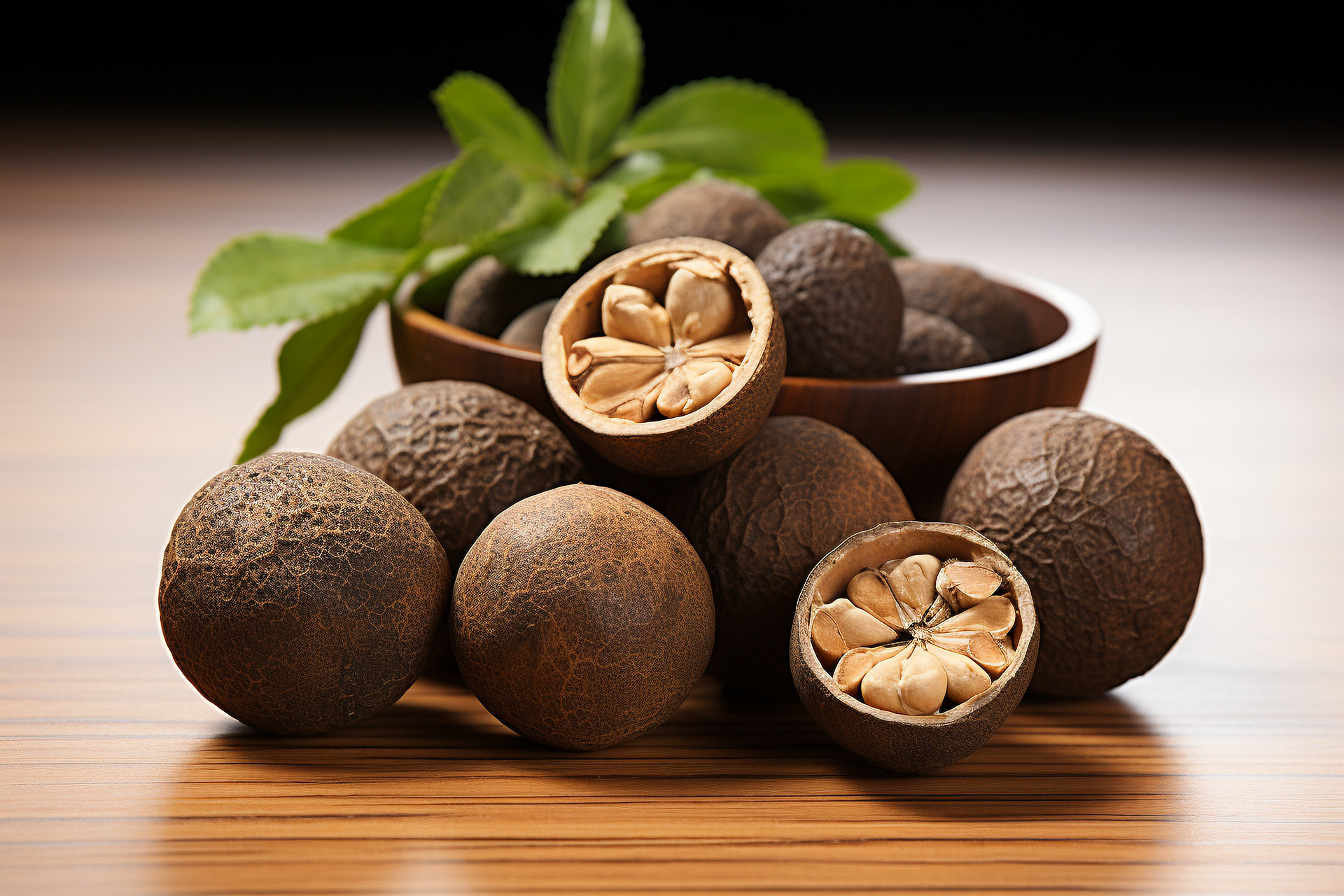Mutong is a commonly used traditional Chinese medicine. Due to different sources, it contains different chemical components, and its functions and toxicity also vary. Therefore, it needs to be carefully identified. The most widely used species is Guanmutong, followed by Chuanmutong. In addition, there are also Mutong, San Yemutong, or Baimutong in some areas.
I. Identification of the original plants:
1. Mutong: The vine stems of Mutong, San Yemutong, or Baimutong, all of which belong to the Mutong family, are authentic Mutong. These three are all deciduous woody twining vines, ranging from 3 to 15 meters in length.
(1) Mutong: Mainly produced in East China. Palmate compound leaves with 5 leaflets, oblong or elliptic, 3 to 6 cm long.
(2) San Yemutong: Mainly produced in Zhejiang and other places. Trifoliate compound leaves with oval or elongated leaflets, which vary greatly in length and width, with shallowly serrated and wavy edges.
(3) Baimutong: Mainly produced in Sichuan and other places. A variant form of San Yemutong, but the leaflets are entire and thicker in texture.
II. Identification of medicinal materials and prepared slices:
1. Mutong: The stems of the medicinal material are cylindrical and twisted, with a gray or brown surface. The bark is easy to peel off from the wood. The wood is grayish-white or yellowish-white. The vascular pores on the cross-section are dense and irregularly arranged, with a large circular medulla in the center. The prepared slices are irregular thin slices, with a light brown or yellow-brown surface, longitudinal stripes on the periphery, and a gray-green or gray-brown color. They have a slight odor and a bitter taste.
2. Guanmutong: The stems of the medicinal material are elongated cylindrical, with a diameter of 1 to 6 cm. The surface is grayish-yellow or light brownish-yellow, with shallow longitudinal grooves and patchy brown cork remnants. The texture is light and hard. The cross-section is yellowish-white or yellow, with a narrow bark and a wider wood. The vascular pores are mostly needle-like or arranged in multiple concentric circles, interspersed with white ray-like structures resembling a spider web. The medulla is small and narrow. The prepared slices are circular thin slices, with a wide wood and multiple layers arranged in a ring-like pattern, with radial patterns and small holes, and a thin bark. The texture is light and hard. It has a slight odor and a bitter taste.
3. Chuanmutong: The stems of the medicinal material are cylindrical with fine longitudinal grooves and ridges on the surface. The outer skin has longitudinal fissures. The nodes are swollen, and the cross-section has radial patterns and vascular pores. The medulla is yellowish-white or yellow-green and has voids. The prepared slices are circular thin slices, with a pale yellow or yellow color, radial patterns and cracks on the surface, and small holes all over, with a small white medulla, occasional cavities, and a brownish-yellow periphery with longitudinal grooves and ridges. The texture is hard, odorless, and has a mild taste.
- Home /
- Chinese Medicinal Materials /
- Identify /
- Contents
Identification and Varieties of Mutong: A Traditional Chinese Medicine
Everyone Is Watching
-
 The Efficacy and Effects of Honeysuckle in Traditional Chinese Medicine
The Efficacy and Effects of Honeysuckle in Traditional Chinese MedicineHoneysuckle, also known as Lonicera, is a common and valuable plant in traditional Chinese medicine. Since ancient times, honeysuckle has been widely used in the field of traditional Chinese medicin
April 9, 2024 -
 The Benefits and Effects of Ginseng: Exploring the Miraculous Medicinal Treasure
The Benefits and Effects of Ginseng: Exploring the Miraculous Medicinal TreasureGinseng, a widely recognized precious medicinal herb around the world, has been hailed as the "King of Herbs" since ancient times. In Asian regions such as China, Korea, Japan, and Russia, ginseng i
March 26, 2024 -
 Comparing Turmeric, Curcuma, and Zedoary: Promoting Blood Circulation and Regulating Qi
Comparing Turmeric, Curcuma, and Zedoary: Promoting Blood Circulation and Regulating QiTurmeric, Curcuma, and Zedoary are three herbs that all have the ability to promote blood circulation and regulate qi. They are commonly used together in clinical practice, but they do have some sligh
February 22, 2024 -
 Coptis: A Closer Look at its Morphological Characteristics
Coptis: A Closer Look at its Morphological CharacteristicsThe morphological characteristics of Coptis: rhizome, yellow, often branched, densely covered with numerous fibrous roots. Leaves with long petioles; leaf blades slightly leathery, ovate-triangular,
December 22, 2023 -
 Qianghuo: A Powerful Herb for Joint Health and Pain Relief
Qianghuo: A Powerful Herb for Joint Health and Pain ReliefQianghuo is the root of the umbelliferous plant Qianghuo. It has a warm nature, a bitter taste, and enters the bladder and kidney meridians. It has the effects of dispelling exterior cold, expell
December 13, 2023

Hot Picks
-
 1Distinguishing Similar Plant Species: A Comparative Study
1Distinguishing Similar Plant Species: A Comparative StudyRose and Rose The former has a round ball shape, pink or purple color, and elongated sepals. The latter has a slightly spherical shape, mostly purple color, and spherical sepals. North American
February 27, 2024 -
 2Bitter Sophora Root: Identification and Adulterant Testing
2Bitter Sophora Root: Identification and Adulterant TestingBitter Sophora Root, which is long cylindrical in shape, often branches at the lower part, measuring 10-30cm in length and 10-30cm in diameter. The surface is grayish-brown or yellowish-brown, with lo
January 31, 2024 -
 3Hawthorn: A Traditional Chinese Medicine for Digestion and Stasis
3Hawthorn: A Traditional Chinese Medicine for Digestion and StasisHawthorn is a commonly used traditional Chinese medicine. It was first recorded in the Tang Dynasty's "Newly Revised Materia Medica". It has the functions of promoting digestion, resolving food stag
January 28, 2024 -
 4Identifying Genuine Snow Lotus Flower: Characteristics and Differences
4Identifying Genuine Snow Lotus Flower: Characteristics and DifferencesSnow lotus, also known as snow lotus flower, big toe flower, big wood flower, is a flowering herb of the Asteraceae family, including species such as Saussurea laniceps, Saussurea macrophylla, and Sau
December 1, 2023 -
 5Identifying Adulterated Longan Meat: Appearance, Smell, Touch, and Taste
5Identifying Adulterated Longan Meat: Appearance, Smell, Touch, and TasteLongan meat, also known as dried longan, yizhi, or mipi, is the false seed coat of the longan plant, a member of the Sapindaceae family. It has a warm nature and a sweet taste, and enters the heart an
November 28, 2023

